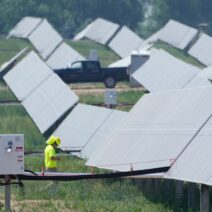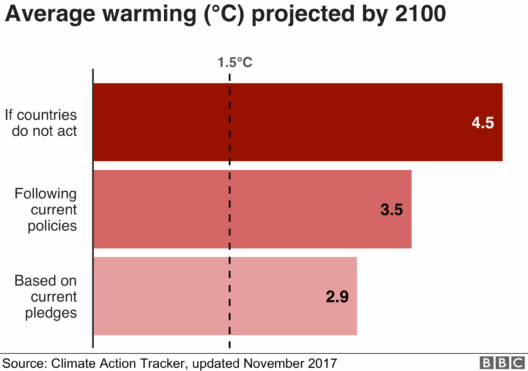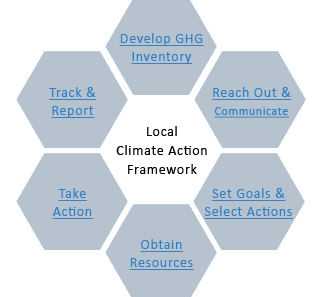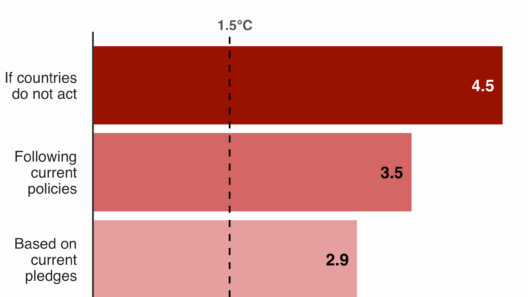Can Afforestation Really Help Curb Global Warming?
Afforestation, the process of planting trees in an area that has not been forested for a long time, has emerged as a prominent strategy in the global discourse on climate action. But does it genuinely hold the potential to temper the escalating crisis of global warming? One might ask, “Can planting trees really change the trajectory of our climate?” This question opens a Pandora’s box of considerations, advocacy, and potential challenges that merit discussion.
The Role of Trees in Carbon Sequestration
Trees play an instrumental role in carbon sequestration, acting as natural carbon sinks that absorb carbon dioxide (CO2) from the atmosphere. Over their lifespans, trees sequester significant amounts of carbon, which is paramount given that CO2 is a leading greenhouse gas contributing to global warming. Various studies have pointed to the possibility that planting a trillion trees could capture an equivalent of 205 gigatons of carbon. To put this into context, that is more than two times the annual emissions of the United States.
Furthermore, the young trees often have a high rate of growth and, consequently, an accelerated rate of carbon absorption. As they mature, their carbon storage capabilities continue to rise. However, it is crucial to consider the species of trees planted, as native species tend to perform better in local ecosystems. This directly ties into the climate resilience of forest ecosystems, which can sometimes be overshadowed by the mere act of planting.
Enhancing Biodiversity and Ecosystem Services
The cultivation of new forests not only contributes to carbon sequestration but also enhances biodiversity. Healthy forests serve as habitats for innumerable species of flora and fauna, creating intricate webs of life that are essential for ecological balance. Additionally, forests contribute vital ecosystem services, including improving air quality, regulating water cycles, and preventing soil erosion.
Yet, a playful contemplation arises—are we planting trees for our benefit or theirs? When afforestation is solely driven by anthropocentric motives, the genuine needs of the ecosystem may be overlooked. Disturbingly, monoculture plantations—those consisting of a single tree species—can severely disrupt local wildlife and soil health.
The Challenge of Implementation
Implementing large-scale afforestation projects brings forth numerous challenges. One of the most formidable is land competition. There is a delicate balance between utilizing land for food production and for forestry. In many regions, land scarcity exacerbates the conflict. The ever-increasing population demands more agricultural land, which may hinder initiatives aimed at afforestation.
Moreover, the survival rate of newly planted trees can be dishearteningly low due to a variety of threats, including invasive species, drought, and climate change’s unpredictable nature. Proper land management and continuous maintenance are vital to ensure that afforestation efforts yield long-term benefits. Some estimates suggest that survival rates can fluctuate significantly, often hovering around 60-70% for trees in pastoral settings.
Climate Change and Ecosystem Adaptability
Another intriguing challenge lies in the adaptability of forests themselves in the face of climate change. While trees can represent hope as carbon sinks, they are not immune to the threats posed by global warming. Increased temperatures can lead to shifts in species distributions, favoring trees better adapted to hot climates while jeopardizing local species. This phenomenon could ultimately render some afforestation efforts futile, as native species may struggle to survive in conditions that have drastically changed.
Social Equity and Local Engagement
Additionally, it is paramount that afforestation initiatives take social equity into account. Local communities must be engaged to ensure that the projects do not inadvertently displace indigenous populations or undermine traditional practices. The success of afforestation can be significantly enhanced by involving local people in the decision-making process. They possess invaluable knowledge about the land and its ecosystems, which can contribute to more sustainable practices. After all, who knows the land better than those who have lived on it for generations?
Synergies with Other Climate Solutions
Moreover, it’s essential to view afforestation as part of a larger toolkit for climate mitigation. While afforestation can provide significant benefits, it should not be seen as a silver bullet. Coupled with reducing fossil fuel emissions, improving energy efficiency, and fostering sustainable agricultural practices, afforestation can act synergistically to combat climate change. When implemented alongside these other measures, the overall efficacy of such efforts may compound, leading to more substantial, long-lasting impacts.
The Future of Afforestation
In conclusion, while afforestation possesses an array of merits that can combat global warming, it is neither a panacea nor a standalone solution. As society grapples with the intricacies of climate action, the dialogue around afforestation must be approached holistically, integrating ecological, social, and economic considerations. Can afforestation truly help curb global warming? The answer is yes, but its success depends significantly on thoughtful implementation that respects ecological integrity and local communities. The very act of planting trees may seem straightforward, yet it is fraught with complexities that require a nuanced understanding of the ecosystems and societies involved. Thus, moving forward, the conversation must continue—how do we plant the seeds of climate resilience while nurturing the forests and communities that depend on them?








